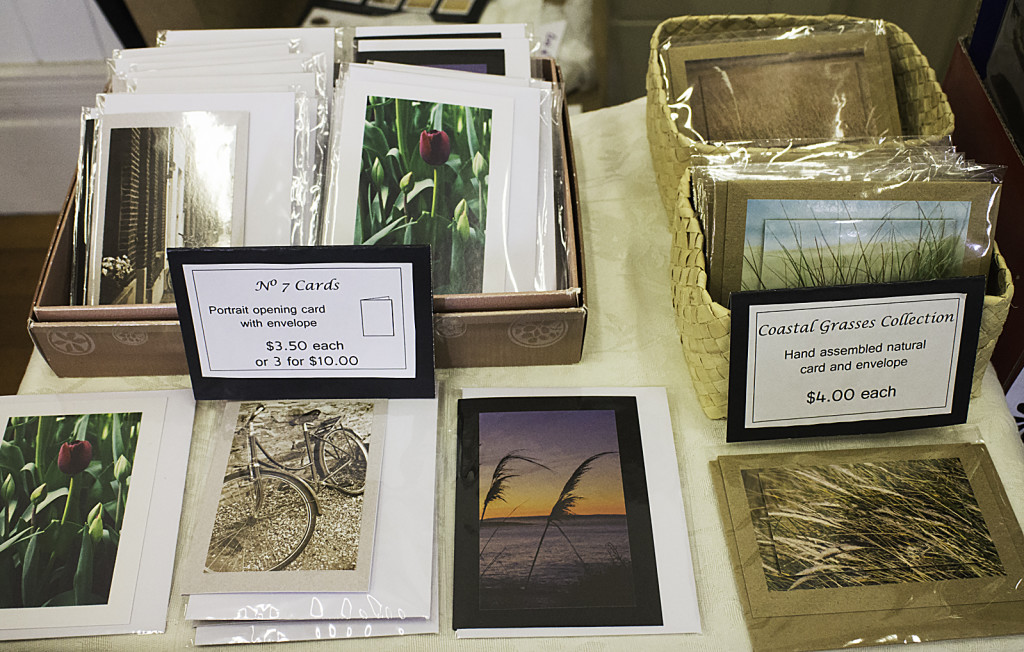
You push your chair back from your workstation and admire your handiwork. “Another masterpiece and in record time” you declare loudly to Phatt the ginger cat who’s perched on the sunny windowsill, barely taking any notice of your apparent excitement. The gazillion dots that make up the intricate pointillist pixilation stare back at you. Just then the phone rings, it’s Marge from the gallery. “Darling, can you get another five of the red ones, three greens and a blue to me by Friday, sales are going through the roof.” “No problem”, is your reply. Your artwork is really selling well, but you don’t seem to be making any money. You start counting on your fingers and before you even get to your toes you’ve worked out that after gallery commissions deducted you’re making $22 an hour for your efforts and that’s not counting the cost of your materials. There must be an easier way to make money as an artist.
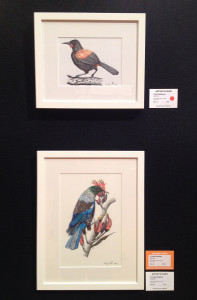
Of course there is, by making high quality geclée(a fancy word for inkjet) prints from your originals. “But isn’t that cheating?” you ask. No not at all. Even way back before pop fell off the bus the grand masters were making copies of their works. Well, not exactly Xeroxing but rather making copies by employing a team of lowly paid apprentice artists to replicate their masterpieces, brush stroke by brush stroke, leaving the “artist” more time to create new works. With modern printing technology, it’s a few clicks of the mouse (and a few tricks of the trade) and viola, you have an almost exact replica of your artwork. The quality is so superb it’s sometimes hard to tell the original from the reproduction.
But who would want to shell out their hard earned cash for a copy of your work, even if it’s a limited edition print on fine archival paper? The answer is… loads of people. Just take a walk down to your local gallery or weekend craft market and you’ll be surprised how many artists have realised that it’s not cheating, but just good business sense.
And with the “Big C” lurking just around the corner and I’m talking about Christmas here, now is probably a good time to start thinking about ways that you can monetize your original creations. The limitless potential market for your art reproductions is up to your imagination. Let’s take a look at the possibilities.
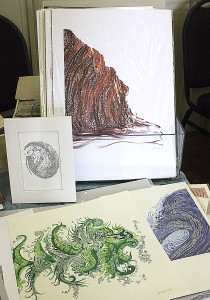
Straightforward prints are probably the most obvious option here. These can be limited edition prints reproduced on beautiful cotton based archival paper, numbered and signed by the artist. Sweet. Or they can be open edition prints targeted at a wider audience. Whichever options you decide on, there are a few things to bear in mind such as print size, paper quality, presentation and pricing. If you’re planning to sell your prints un-framed, plan your print sizes to fit standard frames like 8×10 or A4 etc., and if you are doing your own printing it’s more economical to limit the variations in size to two or three per image. Paper quality also varies greatly and will have a direct effect on the price you charge for your reproductions. Do a little online digging and look for printing services that offer more economical paper options, without compromising on print quality. Finally, presentation is almost as important as the prints themselves. Know that your prints will be manhandled by browsers looking for that ‘something special’, so slipping them into a cellophane sleeve or wrapping, sandwiched along with a stiff backing like foam board will help to protect it.
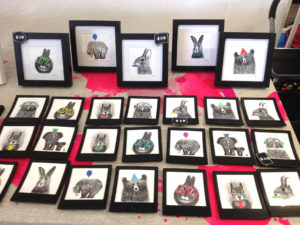
While prints are the stars of the repro world, the unsung heroes are cards; Christmas cards, greeting cards, birthday cards and just cards for card’s sake. Cards come in a myriad of shapes and sizes ranging from single sheet post cards to elaborately folded contraptions. Laying out your cards can get a bit tricky, so make a mock-up on some cheap paper or solicit the services of a tame graphic designer before committing to expensive prints. Unless you are creating custom made envelopes, take the time to scout around stationery stores and the two-dollar shops for suitable packaging, before you finalize your design. It’s simpler to cut your card to fit your packaging.
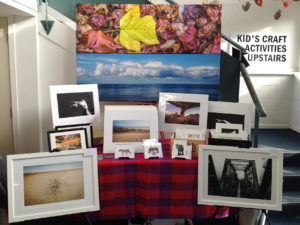
But that’s not the bee all and end all for artwork reproductions. Your artwork may best be suited to printing on fabrics. I’m thinking here about T-shirts, aprons, caps, scarves or even mouse pads. Beware that to achieve decent results with short print runs may require a dye sublimation process and this can be expensive. There are some inkjet printer friendly heat transfer papers available, but the quality will never match up to dye sub or screen-printing.
Some things to keep in mind when you head down the print reproduction road, the final product will only be as good as the quality of digital image you present to the printer. Start with digitizing your artwork at the highest resolution possible. In simple speak, that means the image file should be at least 300dpi at 100% size and saved in an uncompressed format like TIFF files. You may end up with very large files and your hard drive will be in for a rude shock but it’s worth getting it right. If all this seems like double Dutch to you, your best option may be to solicit the services of a professional.
Go forward and multiply. Create – Print – Share
